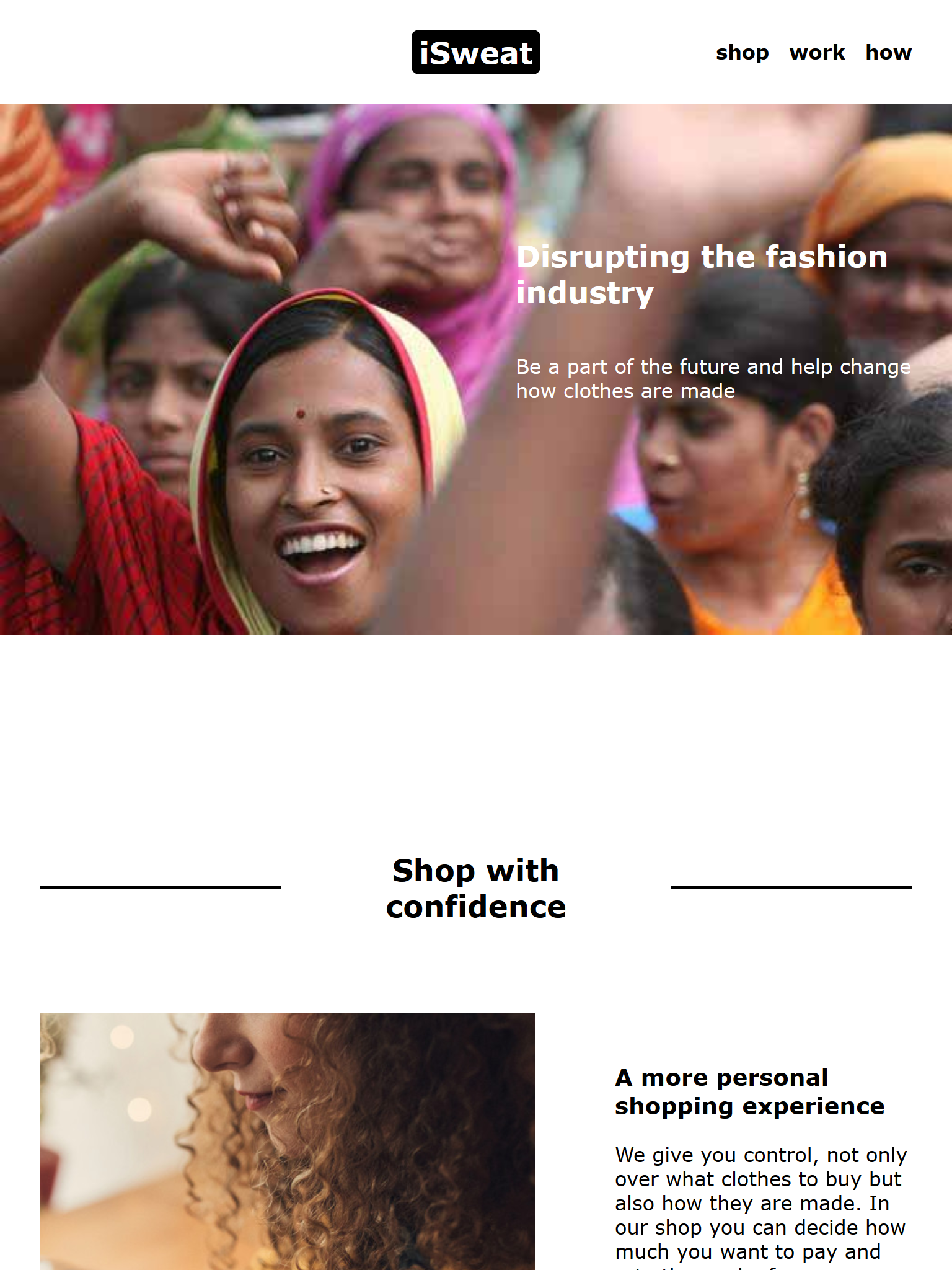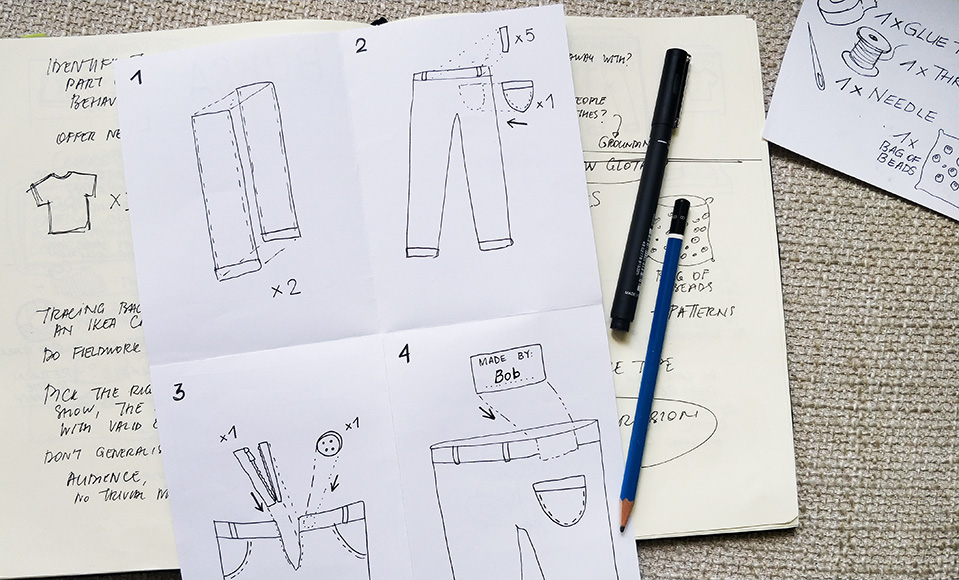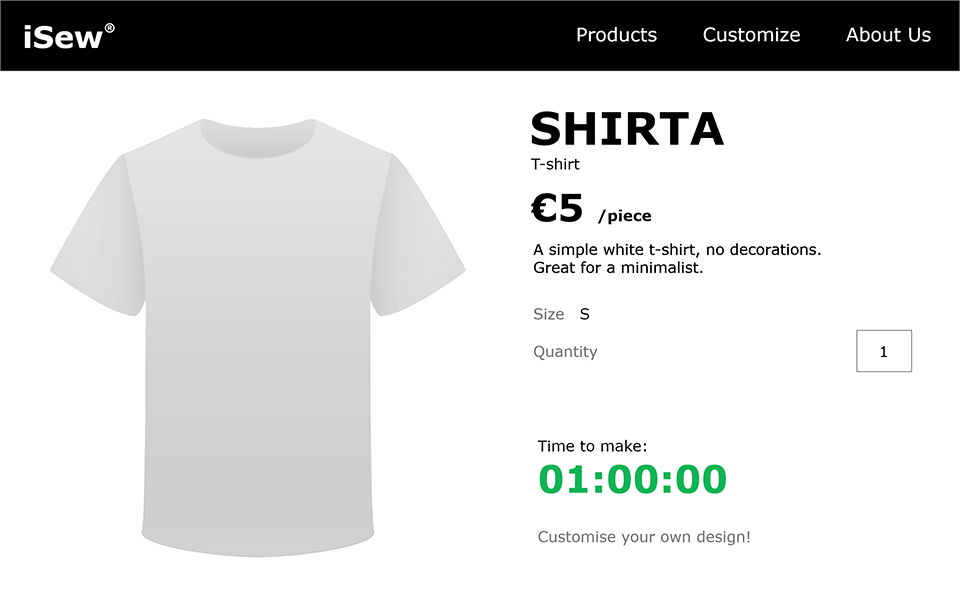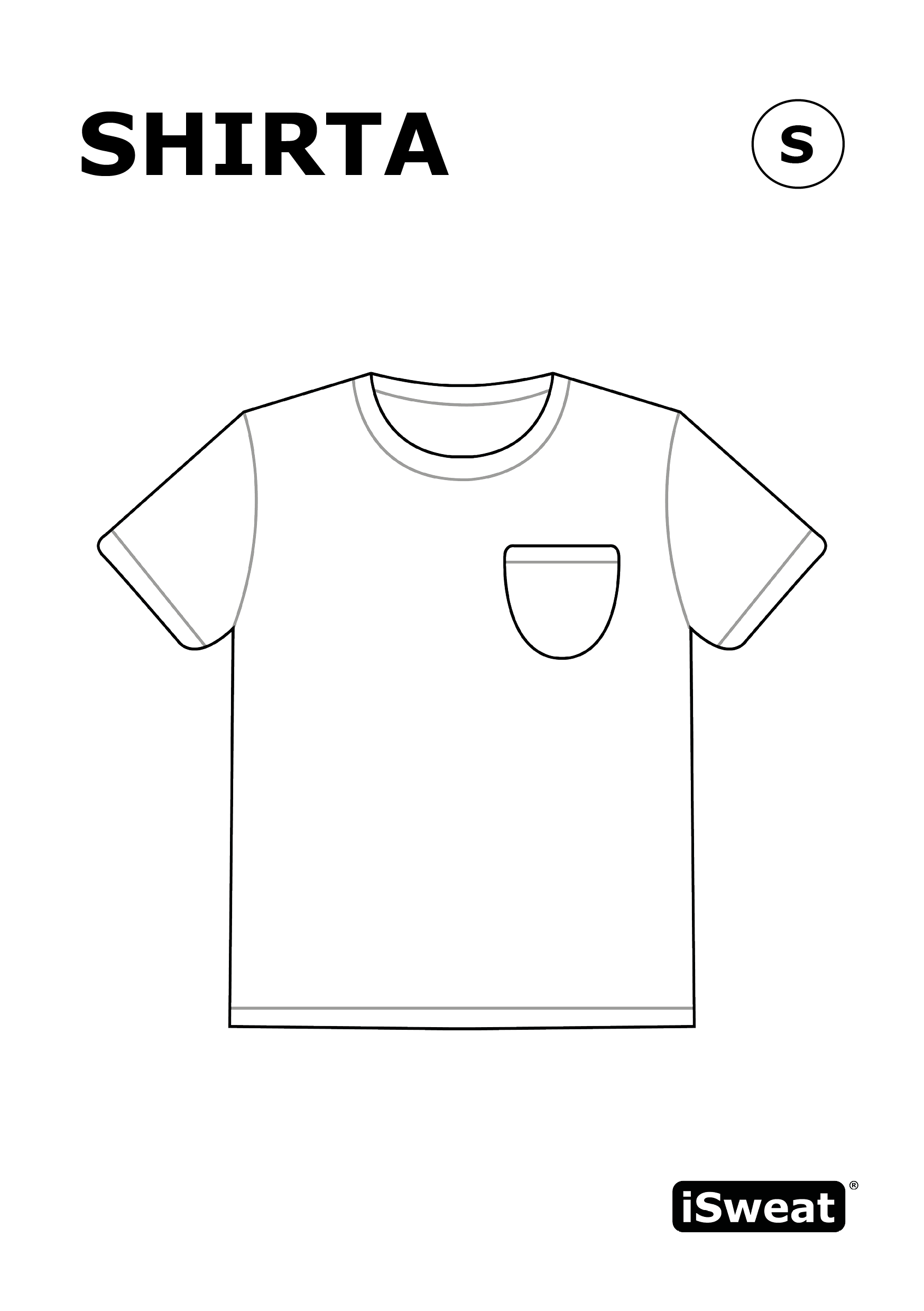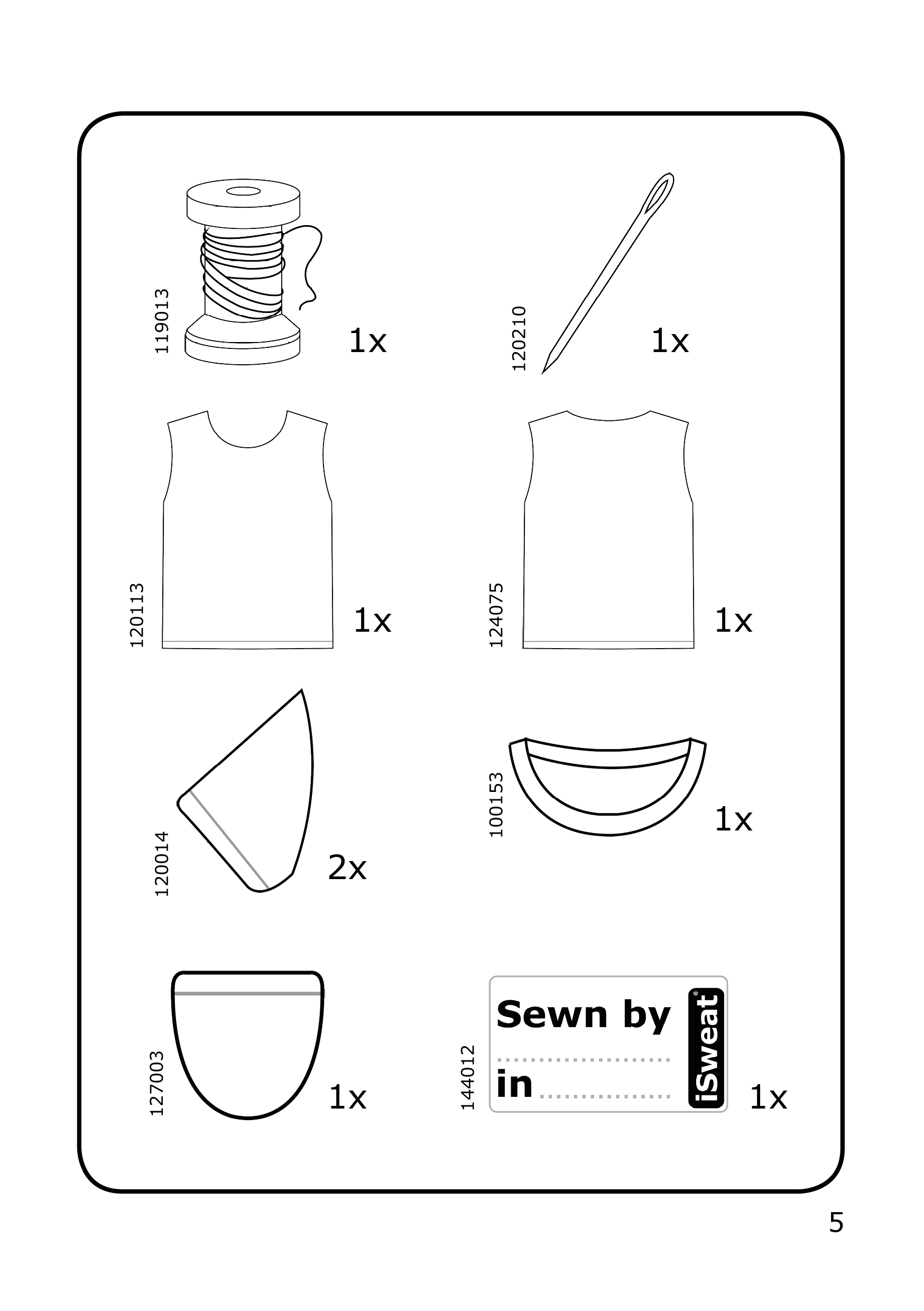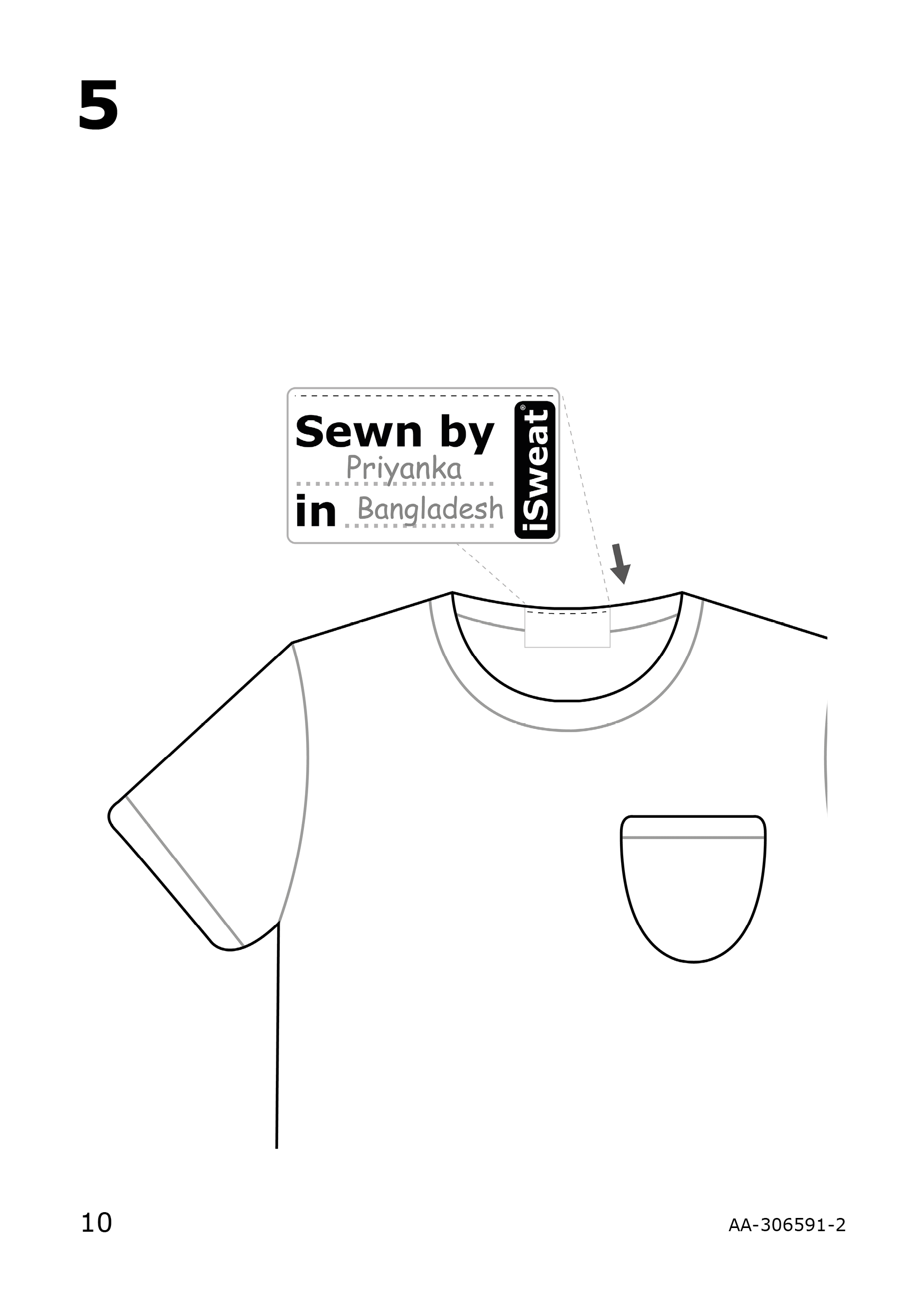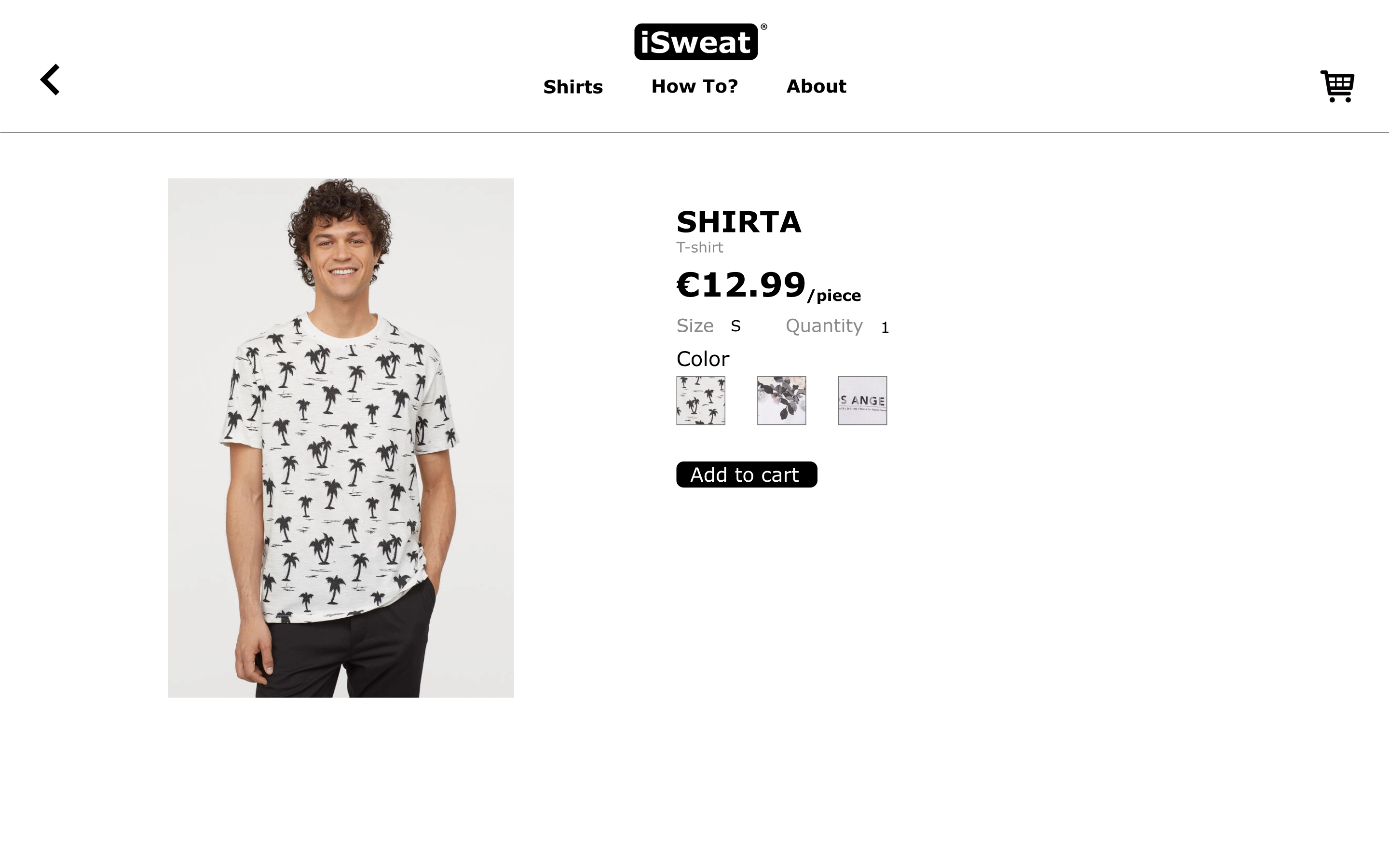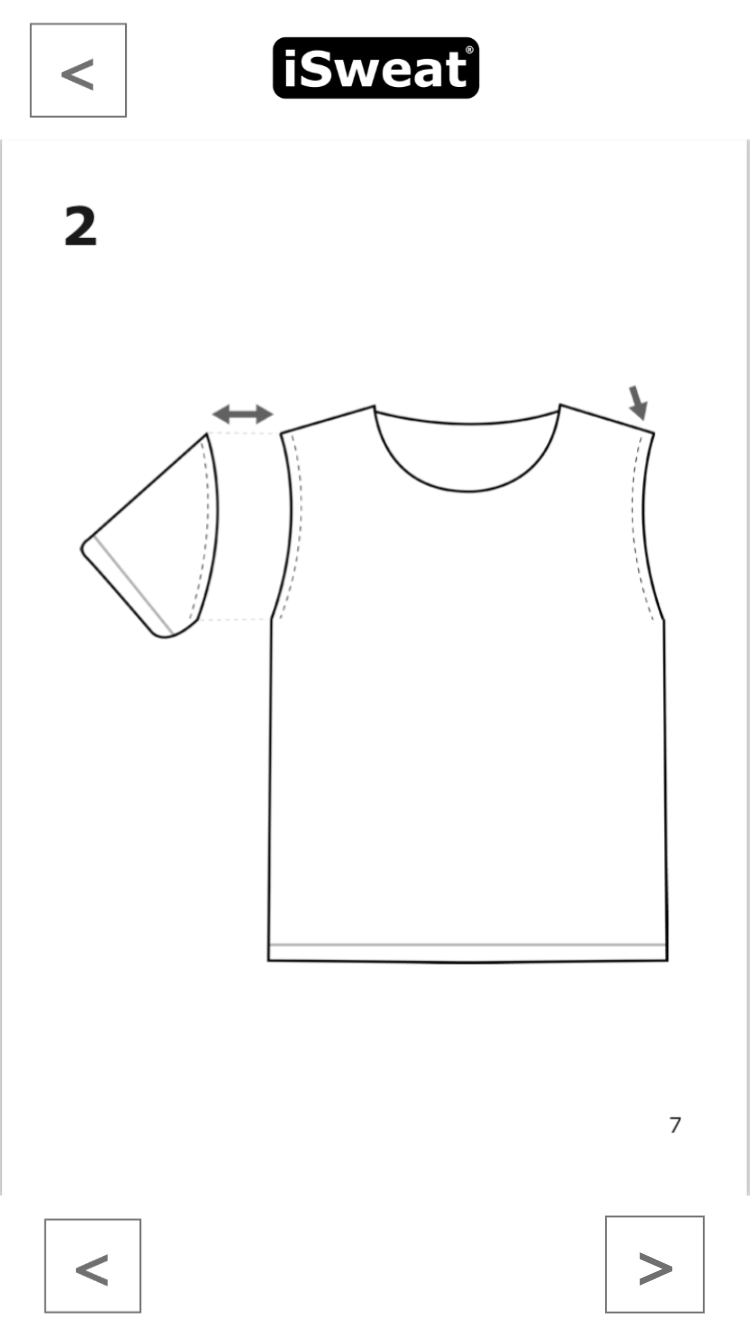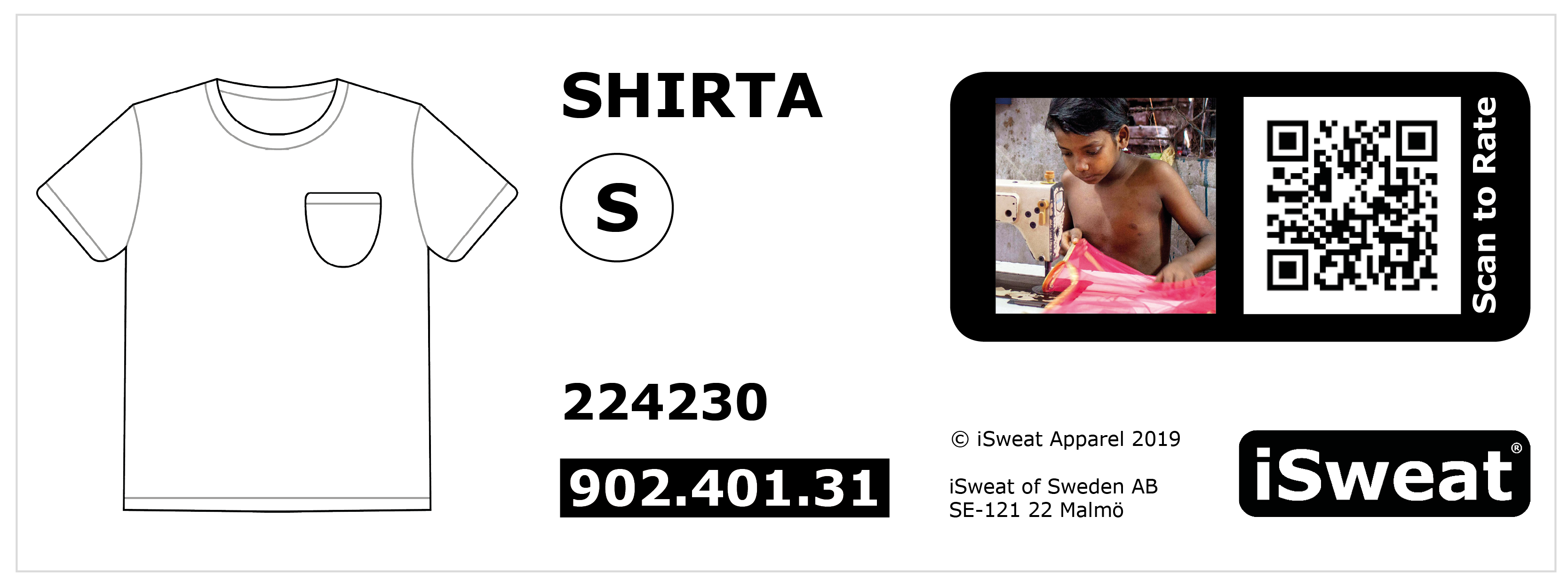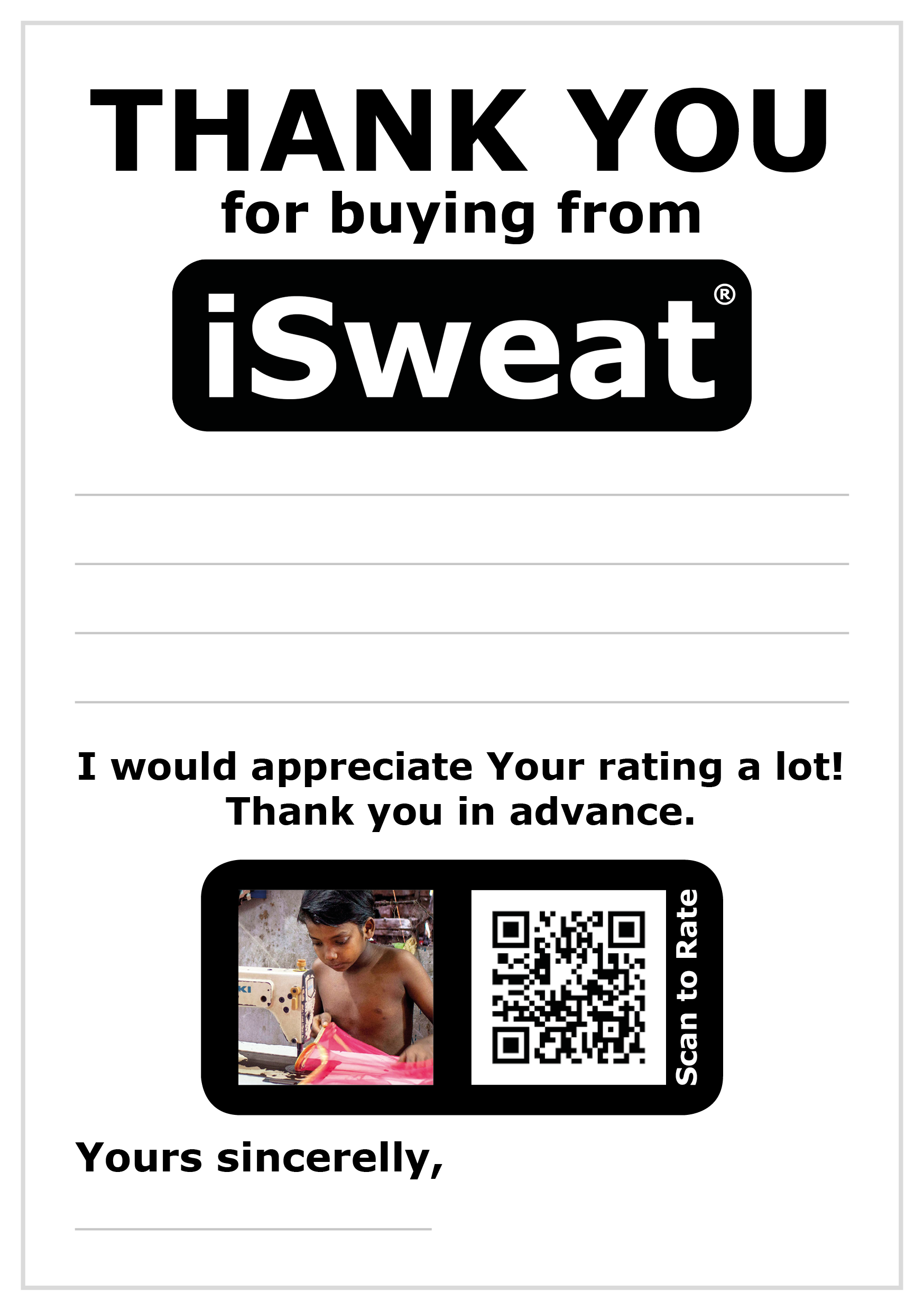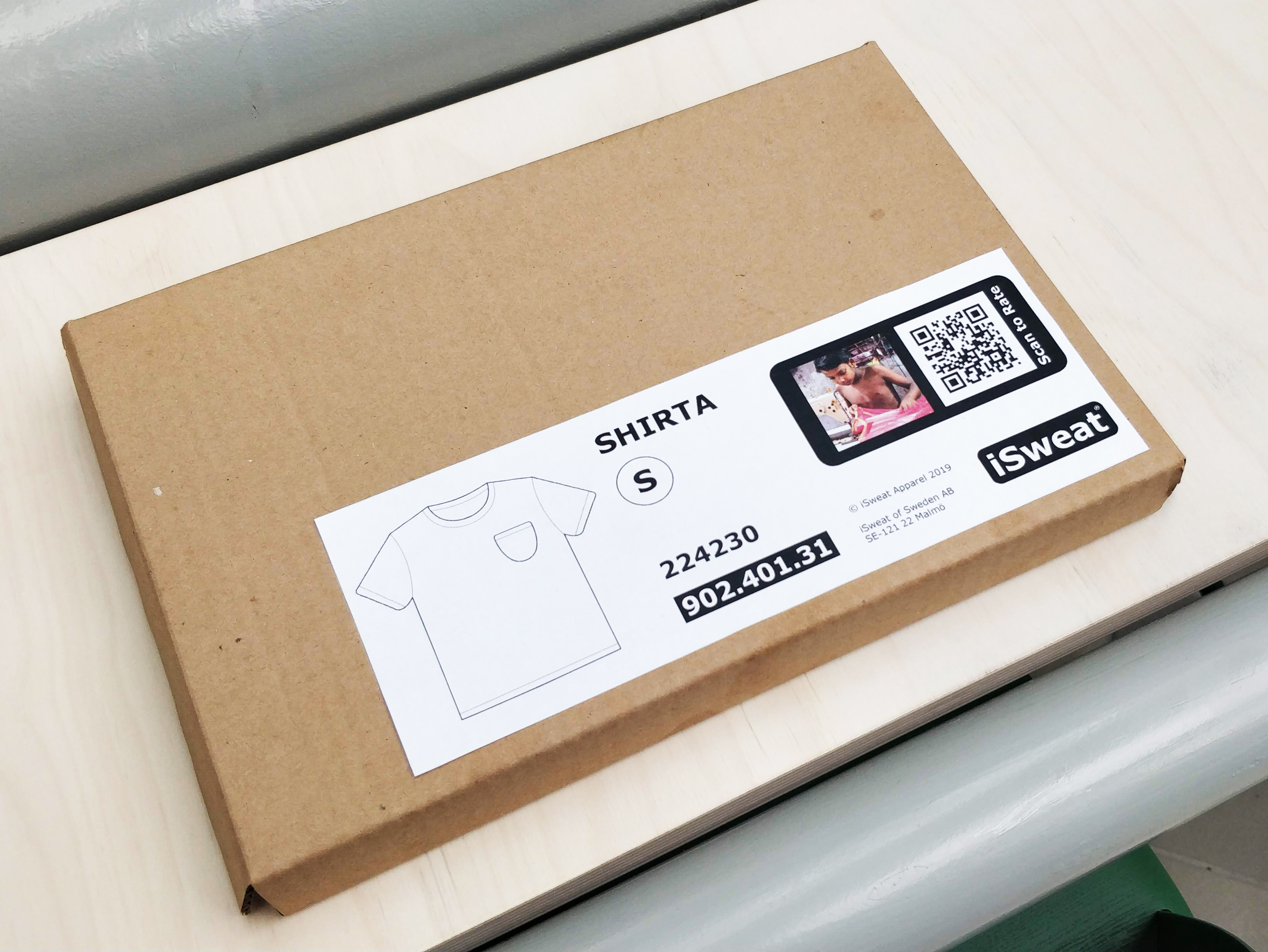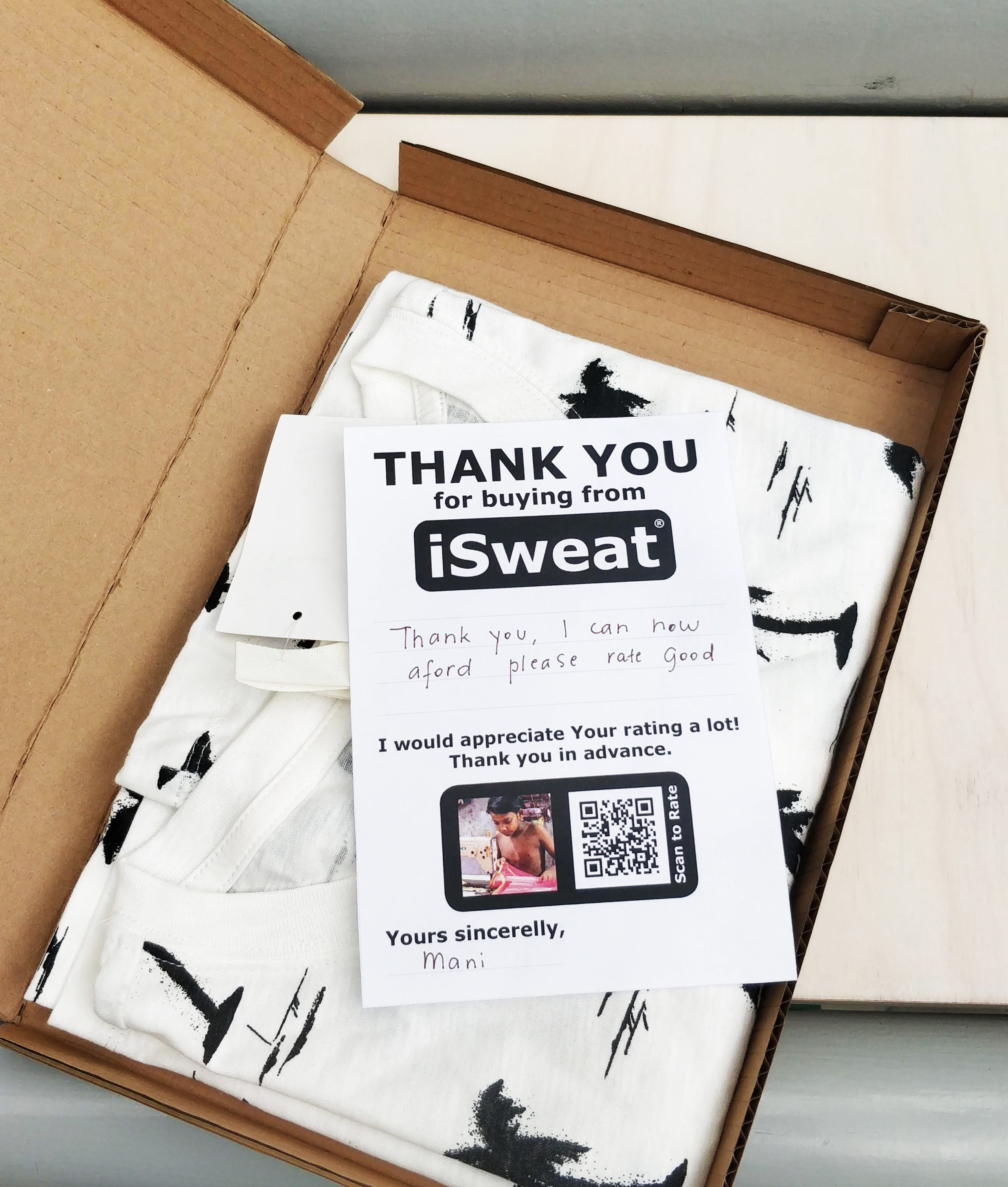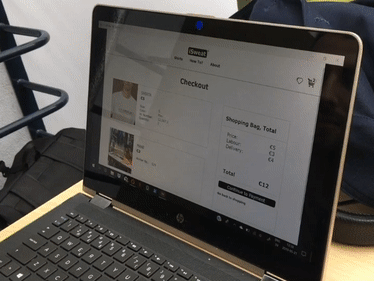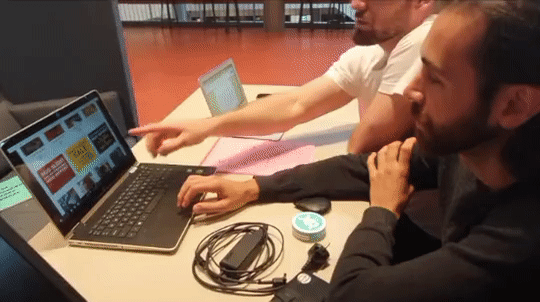Research

A globalized economy is not without peril
Research was essential in narrowing down the UN Sustainability Goal to be able to focus on one particular issue in the chain of consumption. We found the discussion about outsourcing garment labor to third world countries intriguing.
Research was essential in narrowing down the UN Sustainability Goal to be able to focus on one particular issue in the chain of consumption. We found the discussion about outsourcing garment labor to third world countries intriguing.
This project is not to state that the underpaid labor problem itself is new. The question we raise is quite the contrary – why this problem is widely known and often discussed about, but consumers are still indifferent?
